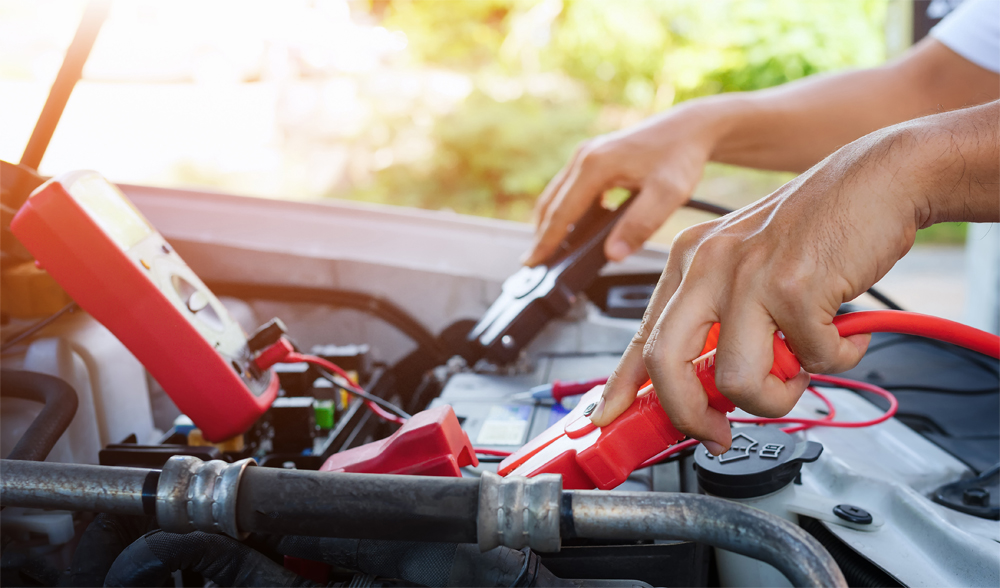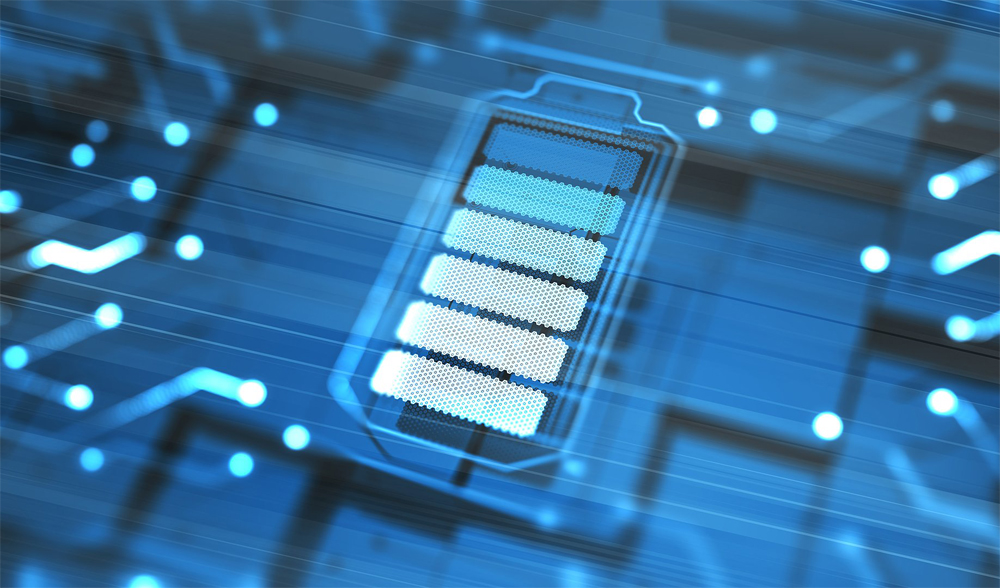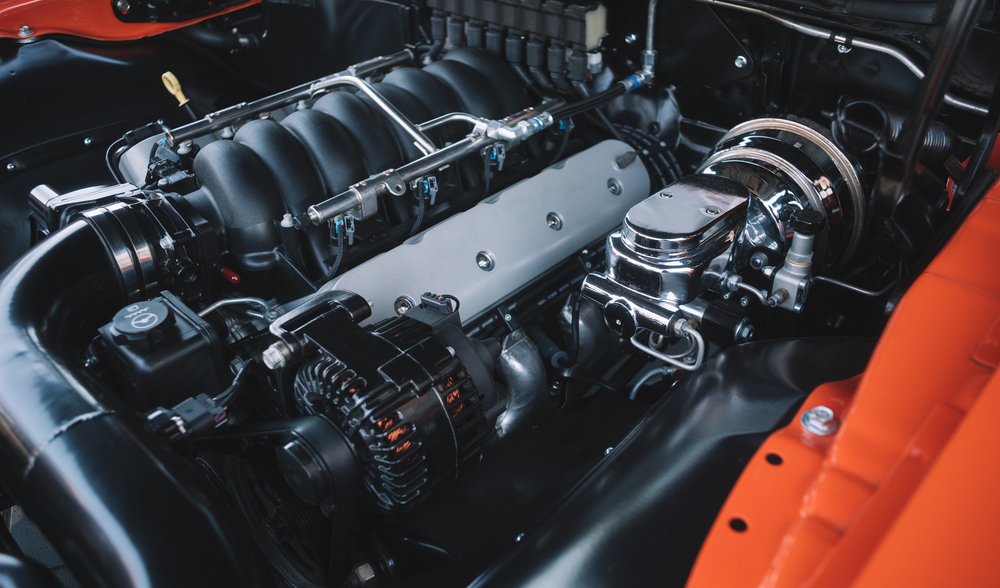The basic function of a car battery charger is to provide power for car batteries. But in addition, the main car battery charger products on the market can be divided into the following types:
1. Conventional car battery chargers
Car battery chargers belong to this type use the rated charging current to charge car batteries. Depending on the power setting, it usually takes about 10 hours or more to finish the charging process. Typically, these car battery chargers do not have the auto shutdown function. Therefore, it is necessary to turn off the charger manually to avoid overcharging the battery.
2. Maintenance charger
A maintenance charger is also called a trickle charger. These chargers can be used to keep the battery charged by providing a low but lasting current. They are great choices for avoiding power low conditions in lead acid batteries.
3. Car Battery Charger with Engine Start function
Engine start function works similar to jump starting. Car battery chargers with this function tend to be more power-intensive. This function is often found on heavy-duty car battery chargers.

Get to Know the Voltage of the Battery
Most car batteries used today are 12V lead acid batteries. But for trucks and some 4-wheel drive vehicles, they use 24V lead acid batteries. For some older types of car batteries, a 6V car battery charger will be needed.
Select the Charging Current
In the charging process of lead acid batteries, the charging current from the charger will directly affect how fast a lead acid battery can be fully charged. Here are the common current settings for car battery chargers:
Less than 2 amps: These car battery chargers are suitable for the charging of lead acid batteries used in motorcycles or lawn mowers. For their low power settings, they can also provide maintenance charging for other lead acid batteries to keep them at a reasonable level.
2-10 amps: These car battery chargers are the most common types of products. They can provide a proper charge rate for the common small and medium-sized vehicles.
10 amps and above: These car battery chargers are designed for trucks, large 4-wheel drive vehicles, and deep-cycle batteries. They can provide a powerful power to satisfy the charging needs from these batteries.

Battery Capacity and Charging Time Calculation
The time required to finish the charging process of a car battery should also be considered when choosing a car battery charger. The capacity of a car battery is usually printed either on the battery itself or on its packaging. And the power of a car battery charger is usually labeled in this way. The time it takes for a battery charger to complete the charging process can be calculated by dividing the capacity of the battery by the charging power of the battery charger and adding 10%. That means it takes about 6 hours to charge a 50 Ah lead acid battery by using a 10 amp battery charger. And to charge a 100 Ah lead acid battery, it takes about 11 hours.
Main Types of Car Battery Chargers
1. Conventional Car Battery Chargers
The appearance of conventional car battery chargers often adopts the traditional design style. These products often adopt simple interfaces, with hardly any additional features. Compared with the multiple charging stages that a smart chargers can provide, a conventional car battery charger has only one charging stage. They work when turned on and need to be turned off manually when the battery is fully charged. They cannot be used for the vehicles with auto start-stop technology. The advantage of these smart chargers is that they are cost-effective. They are also less complicated in their circuit design than their smart counterparts.
2. Smart Car Battery Chargers
With built-in microprocessor chips, a smart car battery charger can use specific algorithms to constantly monitor the charging process. It is capable of adjusting its working status intelligently according to the battery status.
Smart chargers can be used for multi-stage charging. A typical charging process of lead acid batteries can be divided into 3 stages, which are boost, absorption and float. In the boost stage, the battery charger will push maximum power into the battery until it is almost full. In the absorption stage, the charging power of the charger will be reduced. And in the float stage, it will behave like a trickle charger which uses a very low charging current to charge the battery and then keep the power level at 100%.
Attention should also be paid in the use of smart car battery chargers. For example, maintenance-free lead acid batteries should not be charged by a trickle charger for long period of time. That’s because long period of trickle charging will cause the failure in the proper release of the gas. And it will damage or even ruin the batteries if it is done frequently.
3. Trickle Chargers
The main difference between a trickle charger and a conventional charger is that they can be used for maintenance. When in use, they can stay connected to a battery for a long period of time. Some people believe that they are similar to smart car battery chargers. But actually, they are not. They don’t have the sensors or circuits in a smart charger to monitor the battery status. They will always provide a continuous charging current to the battery until it is manually disconnected.
Some of the trickle chargers have other features as well, in which one the most common is desulfation. These chargers can rejuvenate problematic lead acid batteries by removing lead sulfate from them. Through this function, they can help extend the service life of lead acid batteries.
Considerations when Selecting a Car Battery Charger
Since lead acid batteries may vary in both type and capacity, there will be several considerations when selecting a car battery charger. Here are several of the considerations:
1. Type of lead acid batteries
In the family of lead acid batteries, most members can share the same charger when they need to be charged. But for certain types of lead acid batteries, they cannot be charged by the regular ones. These batteries include gel batteries, calcium batteries, and AGM and EFB batteries which are common used by vehicles with auto start-stop function.

2. Size of the engine
The engine in the vehicle should also be taken into consideration. Generally speaking, the bigger the engine is, the bigger the battery should be. And larger batteries require battery chargers with high charging power. The power of the battery charger should match the power of the engine.
3. Additional functions other than charging
Besides the basic charging function, Car battery charger products today adopts a series of auxiliary functions to make the charging of batteries more convenient. These functions include the display of the battery status, charging time setting, seasonal switching function, and multiple safety measures. The user can get to know the charging progress of the battery at any time through the status display function. The seasonal switch function makes it possible to choose the optimized battery charging mode under different temperature conditions. With the charging time setting function, after the calculation of the time required, the user can safely charge the battery for a long time or even overnight.
4. Low but constant trickle charging mode
By adopting a low current, trickle charging is a good way to charge lead acid batteries slowly and to maintain the power. However, even though the current is low, it is continuous. So, when a trickle charger is used, to disconnect the power in time, the charging time should be calculated. Otherwise, the overcharging of the battery will lead to the heating of the electrolyte and the exposure of the battery plates to the air, which will accelerate the aging of the battery, and shorten the service life.
5. Choose the proper charging mode
Today, many lead acid batteries support fast charging. According to how lead acid batteries are charged and discharged, regular charging mode, which is relatively slower, is actually better. Fast chargers are also the first choice for many users because they do save time. As the best choice, a smart charger can intelligently select the most appropriate charging mode for the battery according to the charging process. It will improve the charging efficiency and shorten the charging time while protecting the battery.
6. Waterproof or not
Since the vast majority of car battery chargers are designed to be used indoors, therefore, whether they are waterproof or not still needs to be considered when making the purchase. Especially when a car battery charger is intended to be used in an outdoor or offshore environment, it must be waterproof.
